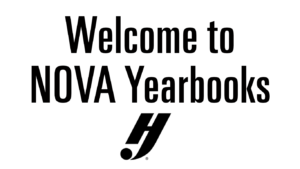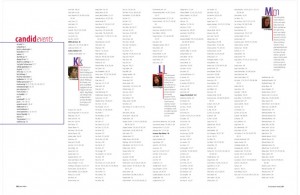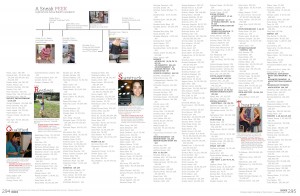Hhere are a few tips for designing your index:
1. As you are editing your index entries, remember that all proper nouns should be included. That’s all clubs, sports teams, class name, everything . . . even Harry Potter and Nikki Minaj.
2. Before you begin flowing index entries onto the pages, check your ladder. How many pages do you have allotted for the index? Let’s make sure you don’t need to add pages to your book or something crazy like that.
3. Then, identify any additional items you need to place on those pages.? Consider the following: captions from your cover or endsheet, the colophon, club or team photos with names. Again, before you flow index entries onto the page, make sure you have placed all of your additional items.
4. If your book utilizes umbrella or chronological coverage, compile a “mini table of contents” for events, clubs and sports. If you are really ambitious, consider adding academics, too. As an example, in? a “mini table of contents”? for events, you’ll list all of the pages where Homecoming or Powder Puff appears.? These “mini table of contents” are a reader service, and they are vital to making your book reader-friendly. Take a look at this example from Chantilly 2008:
5. When you are ready to flow index entries, use these guidelines as a starting point:
> Make your index five columns per page
> Use your mod copy point size, but condense the leading by at least one point. See if the index will fit. If it doesn’t, gradually decrease the point size and leading. But make sure old people can read it because, trust me, someday, you’ll be old and you’ll be trying to reading your index. LOL!
> Make all of your proper nouns — but not the names — bold or a different font. Again, this is a reader service that allows Chess Club members to find their club easily in your index.
6. Finally, add additional coverage. Some schools choose to add quotes and headshots to each Index Letter. Typically, the people covered in the index are not already in the book. Other schools add community coverage, such as local hangouts and community events. Check out the example below from McLean 2011:








